Noise from underwater volcanic eruption across the Pacific heard in the Yukon0
- Ancient Archeology, From Around the Web
- January 18, 2022
Residents described waking to their walls shaking in the early morning hours
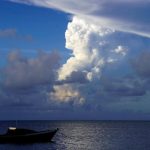
Residents described waking to their walls shaking in the early morning hours
Scientists in China say they have found the oldest flower bud in the fossil record, finally aligning the fossil evidence with the genetic data suggesting flowering plants, or angiosperms, evolved tens of millions of years earlier than we initially thought.
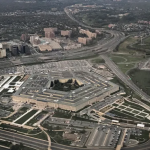
Just before the New Year, the Pentagon established a new office that will study UFOs — or unidentified aerial phenomena, as they’re now known — and report its findings to Congress. However, the move — the most significant UFO legislation ever passed — is contentious to many in the UFO community, reports NBC News.
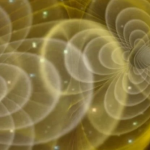
Ever since scientists made the first detection of gravitational waves from a pair of colliding black holes in 2015, evidence has been growing that the Universe ought to be full of them.
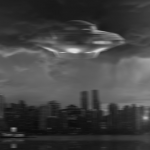
New year, more UFO sightings.
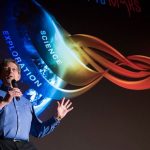
NASA’s top scientist has worked his final days, and now he’s moving on to greener … planets?
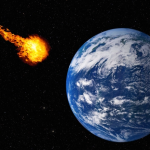
A WHOPPING three asteroids will zip past Earth tomorrow ahead of the nerve-shredding pass of an Empire State Building-sized rock next week.
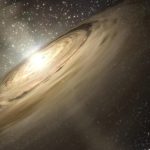
To date, a total of 4,884 extrasolar planets have been confirmed in 3,659 systems, with another 8,414 additional candidates awaiting confirmation. In the course of studying these new worlds, astronomers have noted something very interesting about the “rocky” planets. Since Earth is rocky and the only known planet where life can exist, astronomers are naturally curious about this particular type of planet. Interestingly, most of the rocky planets discovered so far have been many times the size and mass of Earth.
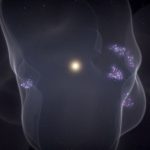
The Solar System floats in the middle of a peculiarly empty region of space.
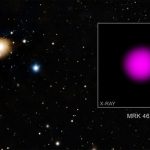
A supermassive black hole with 200,000 solar masses is located in the middle of the dwarf galaxy Markarian 462 (Mrk 462), according to new research led by Dartmouth College astrophysicists.